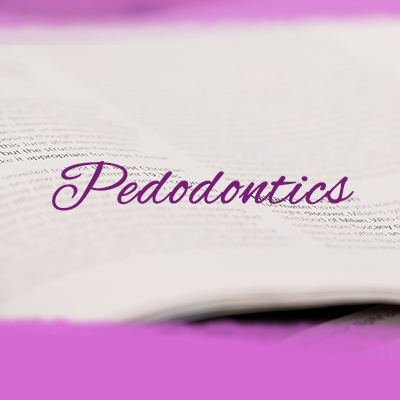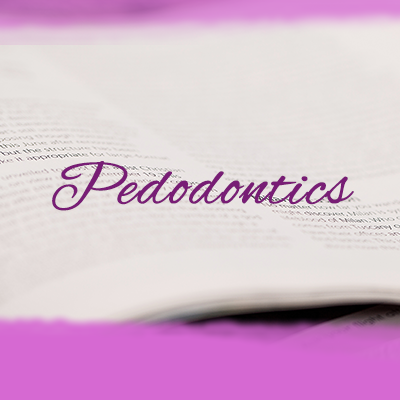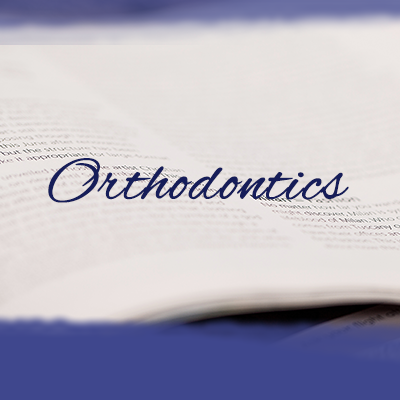Full Digital Workflow for the Treatment of an Edentulous Patient with Guided Surgery, Immediate Loadingand 3D-Printed Hybrid Prosthesis: The BARI Technique 2.0. A Case Report
• To describe a technique intended to transfer of the intermaxillary and occlusal relationships in a fully digital environment from a complete denture to an implant-supported 3D-printed hybrid prosthesis (an acrylic resin complete fixed dental prosthesis supported by implants).
• Methods: In edentulous cases, the physiological mandibular position should be determined before the immediate loading procedures. In some cases, the use of interim removable prostheses for a few weeks could be useful to test the new occlusion in centric relation and to verify the prosthetic project.
When the correct intermaxillary relationships are achieved, it is difficult to transfer them from the provisional to the final prostheses, as impressions or scans of edentulous arches do not have reference points for intermaxillary records.
This paper presents a complex case and the technique used to transfer information from a complete denture to an implant-supported prosthesis with a digital workflow. A prosthetic stent has been used to scan the edentulous mandibular arch and to record the intermaxillary relation.
• Results: The delivery of the hybrid implant-supported prostheses was carried out with no problems and minimal occlusal adjustments. The patient was extremely satisfied with the treatment and the situation remained stable at the 1-year follow up.
• Conclusion: The approach described in the present article predictably maintains prosthetic information and allows the delivery of a final implant-supported restoration with the same occlusal relationship as the one tested with the provisional diagnostic dentures.





